Understanding how firewood burns, the technical details
Stage 1: The Evaporation of Moisture – otherwise known as “getting the[email protected]thing going”
If you’ve ever tried to burn wet or unseasoned wood in your fireplace you’ll know how very frustrating this stage can be.收集皱巴巴的纸,引火,抱一抱小树枝和一些生火用的助燃剂,比如点火砖或打火机(说真的,千万不要用一罐汽油或柴油),你划着一根火柴(诚实地说,可能是5或10根!),然后她就出发了!不幸的是,最初由石油引起的火焰的爆发通常会进入“无火无烟”的阶段,我们交叉手指,对着它吹气,直到我们斗鸡眼,绝望地希望它能发光——不断地摆弄烟囱dampers和进气口,因为让我们面对现实吧——我们真的读过那些炉子的使用说明吗?真的吗? ?(Ok, it’s just me.)
Anyhow, if all goes well, we get as far as the moisture evaporation stage of wood combustion, where instead of producing heat, heat is absorbed as water trapped inside of the wood is turned into steam and removed from the wood by being boiled off. Most frequently the observant pyromaniacs amongst us will have noticed this phenomenon happening on the smaller branch ends where the water just under the bark boils off and drips steaming into the hearth. To be technical, this first stage of wood combustion relies on getting the wood temperature up to 212 degrees Fahrenheit as the water in the wood begins to boil, then evaporates. As we explained in our Guide on efficient heating of swimming pools, evaporation takes a lot of energy - which goes against the grain where burning wood for heat goes, so first rule of wood burning in stoves or fireplaces is; Burn Dry Wood! Maximum moisture content should be considered around the 15-20% range, sowhen choosing firewood, make the humidity a consideration as well as what type of wood.
挥发性气体不像浸湿或未经风干的原木中的水分,是可燃的。它们能燃烧并释放热量,这就是我们的目标除非我们有几条三文鱼悬在高高的烟囱里或者你在点燃烟枪。因此,当木材表面温度超过212°F至450°F时,会释放出富含杂酚油的气体:二氧化碳、一氧化碳、乙酸和甲酸。然而,由于在燃烧的第一阶段产生的这些气体直到所有的水分蒸发,点燃的温度足够高,才会点燃它们,这导致了我们不想发射的气体水平上升,我们真的不想射到烟囱和鸟类通过的气体。我们之前说过,但我们要再说一遍——烧木头的第一规则?烧干木!(Oh, andthe right wood for maximum heat outputtoo, if you want to get toasty.)
Once this process of evaporation of excess moisture is complete and the temperature in our stove or fireplace increases, it leads to wood combustion Stage 2.
Stage 2: The Vaporization of Hydrocarbon Compounds, “Primary Combustion” or the “Yeah, I think it’s lit” stage
In Stage 2 of the combustion of wood we still aren’t into the heat producing phase(maybe a tiny bit) but we are getting close! At this point, we are over five hundred degrees and temperatures are on the rise. The chemical structure of the wood starts to break down and the process of pyrolysis begins. Pyrolysis “liberates organic gases and leaves carbon rich charcoal”. This process also creates a mixture of hydrocarbons in the form of liquid tar droplets and combustibles gases and digging into this part is very complex. At this point we have hydrocarbon vapors, carbon monoxide, methane, water vapor, carbon dioxide, and a nice mix of other vapors. This is an important turning point for wood stove or fireplace efficiency as the temperatures continue to rise.
当水分从木材中排出后,热量将木材的温度提高到540华氏度以上,就会发生第二阶段的燃烧。这是产热阶段。它发生在两个不同的温度水平:一次燃烧和二次燃烧。
Primary Combustion:
The process by which gases are released from wood and burned is called primary combustion. Primary combustion begins at about 540° F, continues toward 900° F and results in the release of a large amount of energy. Primary combustion also releases large amounts of unburned combustible gases, including methane and methanol as well as more acid, water vapor and carbon dioxides – which are the potential “yuck” end of the equation.
Secondary Combustion:
Time to concentrate folks,these gases, called secondary gases, contain up to 60 percent of the potential heat in the wood因此,它们的高效和优化燃烧对于在燃木炉或壁炉中实现较高的整体燃烧效率是非常重要的。由于缺氧(一次燃烧消耗氧气)或温度不足,二次气体不能在木头附近燃烧。
The conditions needed to burn secondary gases are sufficient oxygen and temperatures of at least 1100° F. The air supply is a critical element in the combustion process here – which is why high efficiency wood burner, fireplace or wood stove maintenance is essential as air-leaks from poorly fitted or compressed door seals prevent accurate air control. Put simply, too little air will not support secondary gas combustion and too much will cool the temperature to a point where this secondary combustion cannot occur.
Remember that air is about 80 percent inert gas and, when introduced into a wood stove, is well below the 1100° F needed to sustain secondary combustion. The more air that mixes with the secondary gases, the greater the quantity of heat absorbed by the nitrogen, and the lower the temperature of the secondary gas-air mixture.
二次燃烧可以并且确实发生在设计达到或超过EPA对清洁空气的要求的高效燃木炉具和壁炉中,但前提是炉具使用正确干燥和干燥的木材,以符合其设计的方式操作,并连接到功能正确和清洁的烟囱或烟囱。
许多人没有意识到烟囱是驱动炉子(或壁炉)的引擎,如果烟囱或炉子的管道没有正确地指定和建造(尺寸正确,有足够的高度,或不能容纳足够的热量),那么通风将是不充分的,世界上最好的炉子将是一个失望,在最坏的情况下甚至可能是一个危险。不完全燃烧是一种浪费,会在一氧化碳产生时停止这一过程,这是次优的,特别是如果烟囱没有充分吸取,可能会把一氧化碳反送到房子里。再次强调,平衡是木材燃烧的一切,热量和氧气的和谐创造最佳的燃烧效率!
Stage 3: Gas Vapor Ignition & Combustion – the "afterburner" effect of secondary combustion
Now that we have all these flammable gases being produced, for maximum efficiency from burning wood and minimal pollution, what they need now is the achievement and retention of minimum threshold temperature for gas vapor combustion to occur. We must assume that all the components of what’s called “the fire triangle” are present during this process. The NFI states that between 540 degrees and 1,225 degrees is where we finally have full combustion!

In this combustion cycle, Carbon is the first to react with oxygen, producing potentially deadly carbon monoxide, though interestingly enough, more than half of the heat produced from the fire at this point is from burning gaseous hydrocarbons and carbon monoxide itself. For combustion to continue the temperature should remain typically over 1,100 degrees but can reach 2,000 degrees! Ironically enough, at this stage of combustion, our old friend water is produced too as Hydrogen and oxygen molecules combine with consequently large amounts of water vapor found in the flue gases. Therefore it’s so important for the potential for flue condensation to be minimized and for stove pipe materials to be rustproof and corrosion resistant for long life.
Stage 4: Char Burning – the cozy warm glow from embers - perfect for smores!
This is the last stage of combustion, as the first three processes have left carbon in the charcoal as the only remaining combustible material. For this to keep burning, a temperature above 950 degrees is needed to burn this carbon-rich charcoal but it can burn with little or no flame at all. When you notice the sound and heat of the embers glowing at the tail end of a fire, it’s actually the carbon burning in the charcoal which is the basis of traditional steel smelting and production!
To summarize the stages of combustion;the woodburning process is complex as different logs are in different stages during a fire burning, the bottom line being that having selected the right wood, you then need to accurately control the burn temperature and oxygen level to optimize the combustion process.
This means thatchoosing the right wood burning stove or fireplace is essential (read more here), as ischoosing the right type of wood for burning (read more here)- both pages from the EcoHomeGreen Building Guidessection
Alternatively, if consistent and dependable heat is the primary deciding factor, considerchoosing a high efficiency and electricity free wood pellet stove for maximum heat output and minimum environmental impact, see here



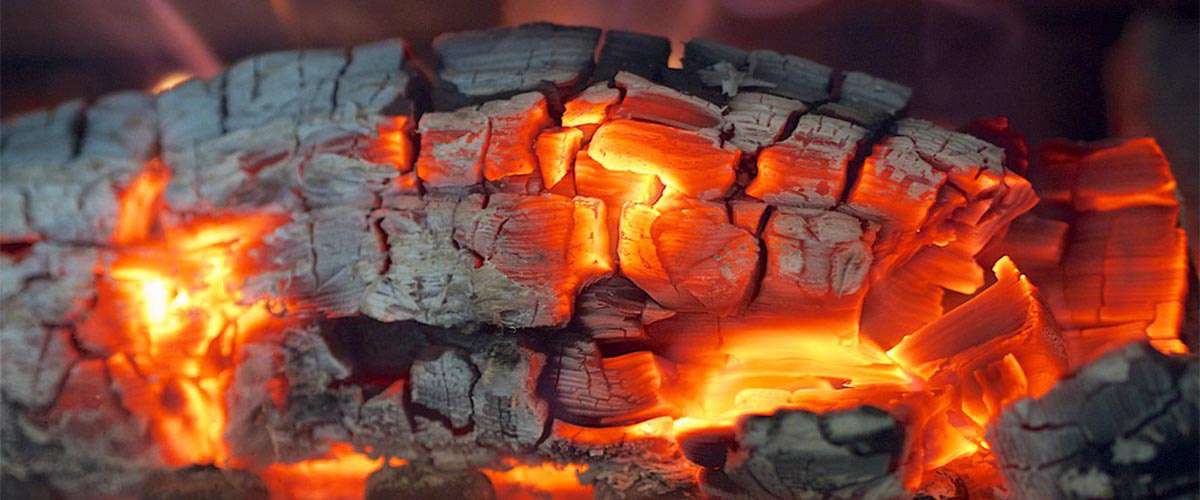















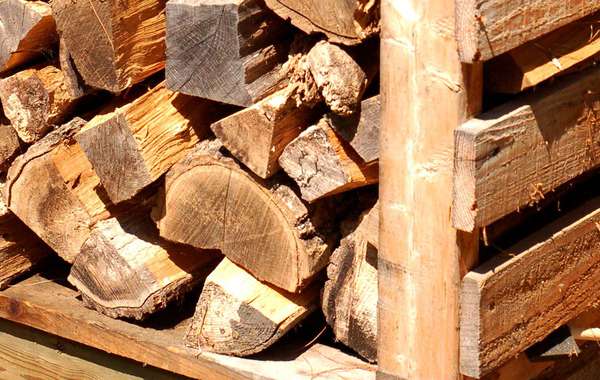
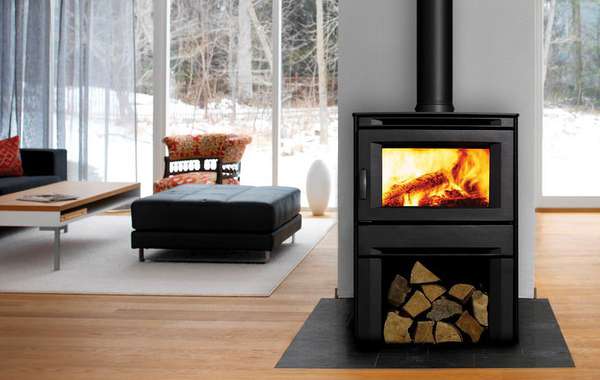

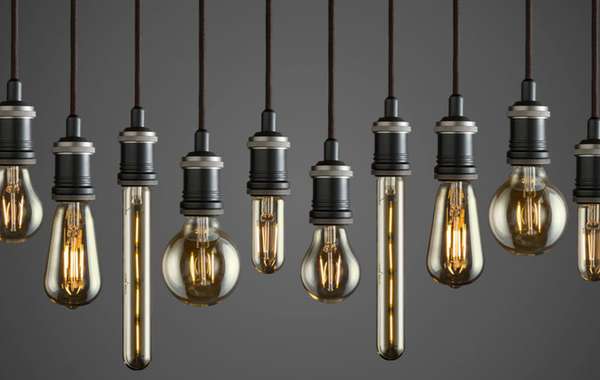
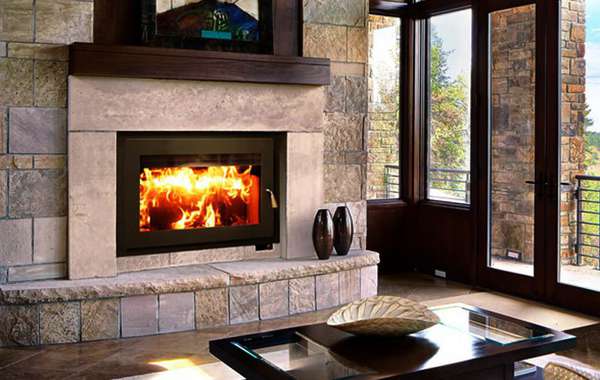
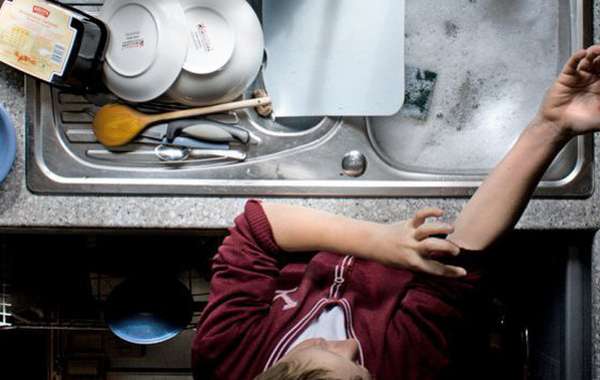
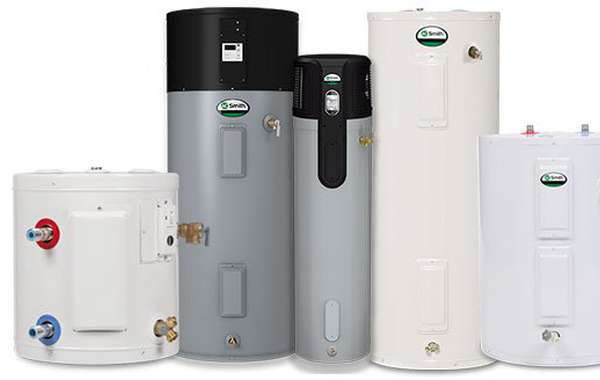
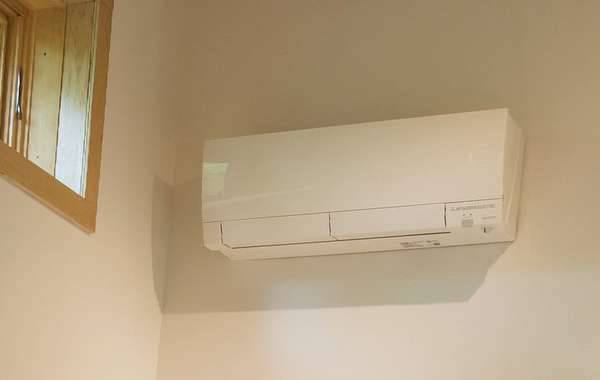

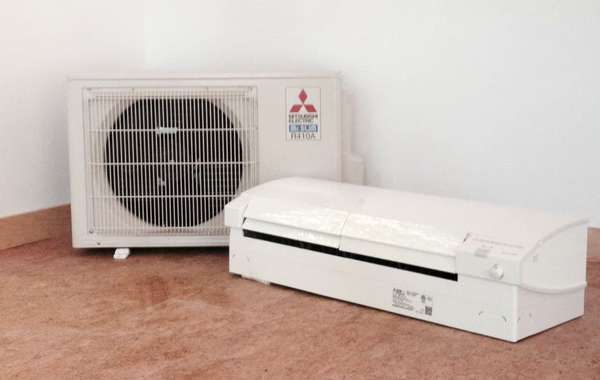
Comments (0)
Sign Up to Comment